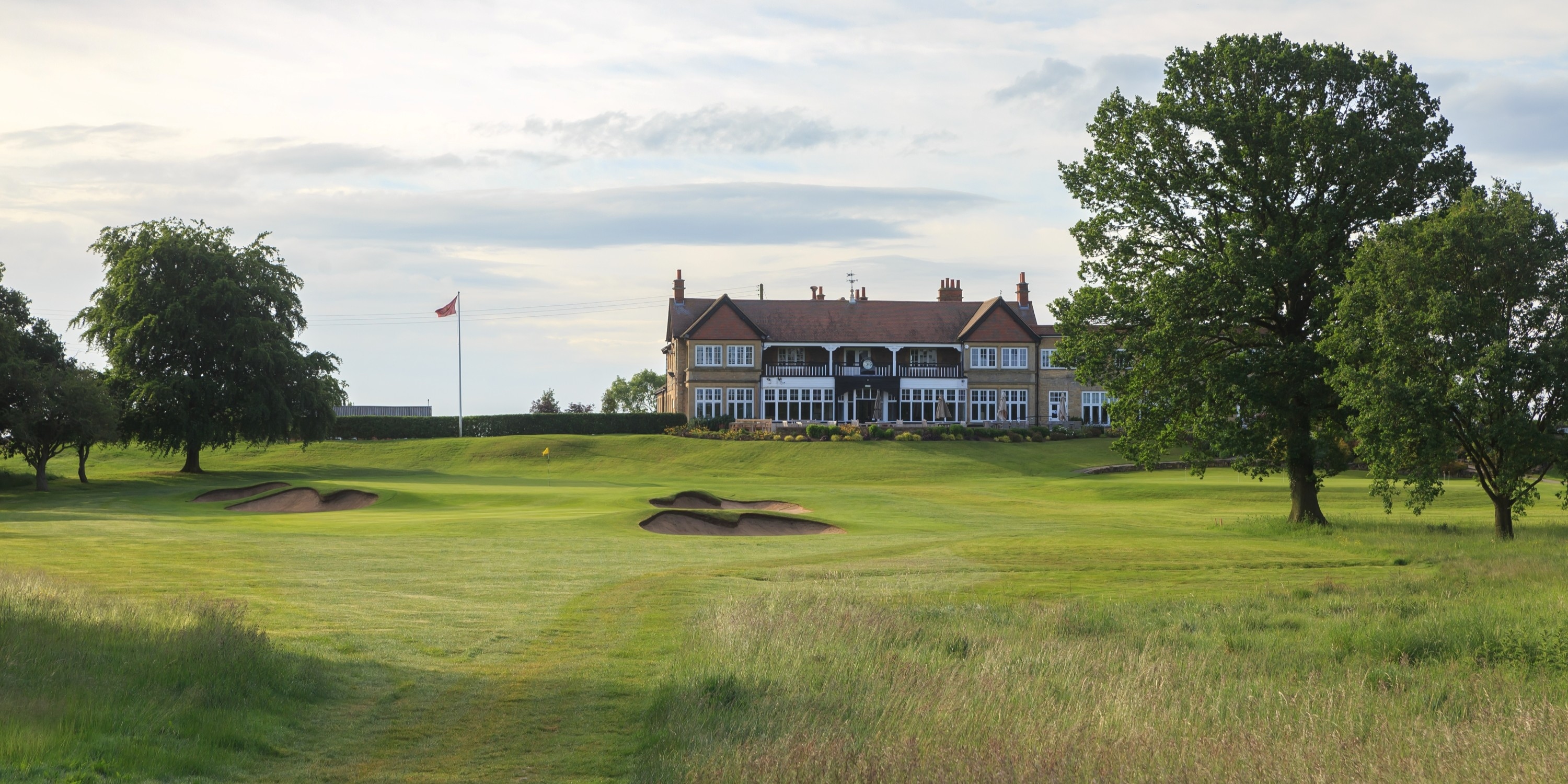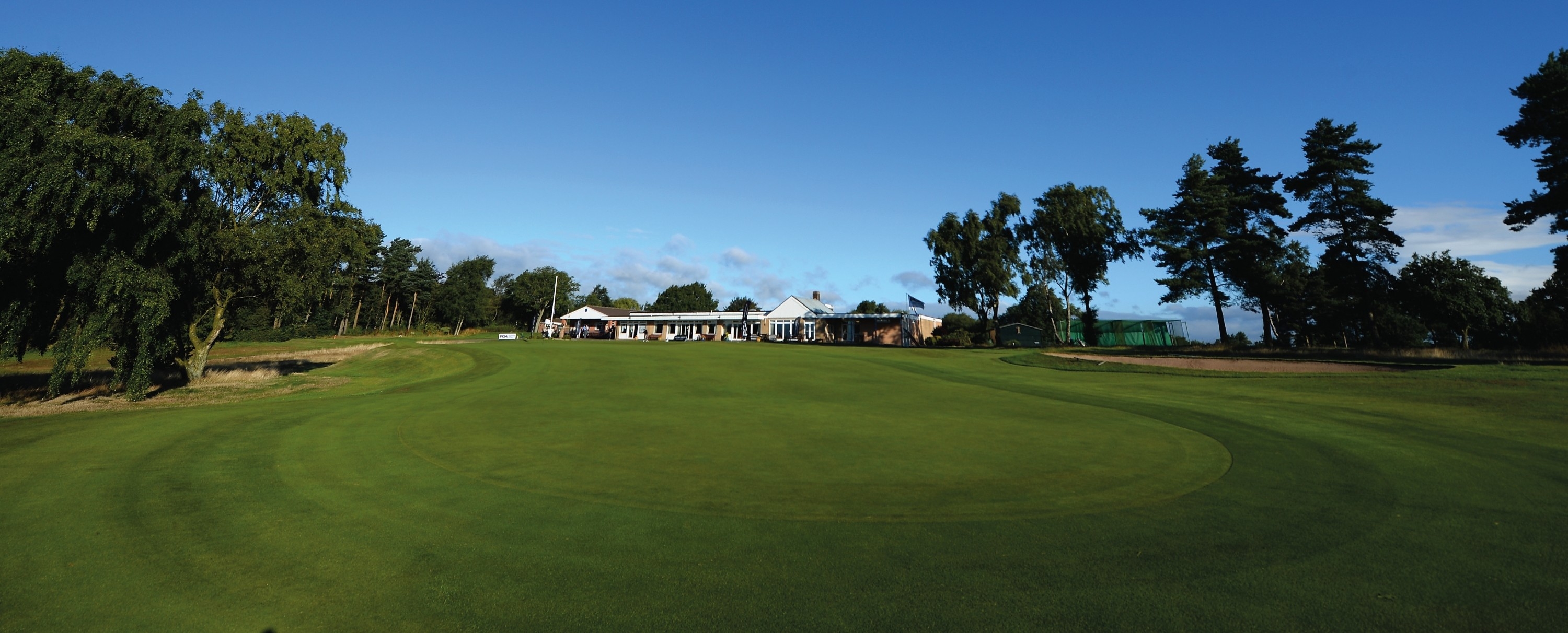
Lindrick
Lindrick | NCG Top 100s : England Golf Courses
Rankings
5th
86th
146th
Lindrick is a club steeped in history, dating all the way back to 1891 when Old Tom Morris laid out the original 9-hole course.
The club is one of three Yorkshire venues that has played host to the Ryder Cup, alongside Ganton and Moortown – hosting the prestigious competition in 1957.
European Tour events, major amateur competitions and even the Ladies’ British Open have also visited Lindrick throughout its storied history.
Visit Lindrick’s website here.
Go Back To NCG's Top 100s Homepage.
Advertisement

A Brief History of Lindrick Golf Club
Opened in 1891, Lindrick was originally called The Sheffield & District Golf Club. Old Tom Morris designed the original 9-hole layout on Lindrick Common.
Three years later, the course was extended to 18 holes, and following a raft of changes and improvements over the following four decades, the course now remains pretty much the same as it did in the mid-1930s.
The course was shone in to the world’s eye in 1957, as Lindrick hosted the Ryder Cup. It would be Team GB&I’s final victory in the biennial team event – soon changing to become Continental Europe.
The Curtis Cup was then held at Lindrick three years later, with the Dunlop Masters, Martini International and even the Ladies British Open all being held at the Yorkshire venue in its more recent history.
Lindrick Golf Club Review | NCG Top 100s: England
Advertisement

The vast majority of this famous old course lies in South Yorkshire, but the stream at the back of the 4th green marks the boundaries between the White Rose County, Derbyshire and Nottinghamshire. Even the most modest drive at the 5th, played from the far side of the water back towards the heart of the course, will realise the literal achievement of ‘hitting the ball so far it went into the next county’. And as the course travels through wooded parkland and heathland, from holes framed by trees to wide-open expanses, from largely flat land to significant changes in elevation, you could certainly imagine yourself to be playing on a different golf course, if not in the next shire. From the back tees, Lindrick plays just shy of 6,700 yards.
The course begins with a gentle par 4, one that turns slightly to the left. A solid tee-shot on the 2nd, one of the more pronounced dog-legs, leaves just a wedge to the green. Trying to find the small target with a longer club is a much more difficult proposition. The first of the short holes is the 3rd, where little of the green can be seen from the tee, making it appear a small target. The par 5 4th is the exception to most things at Lindrick, and, sure enough, it’s the only hole on the course to turn from left to right. At under 500 yards, it’s not long by modern standards but it’s the sort of hole where any score between three and nine is a possibility. The tee points dangerously in the direction of out-of-bounds down the left, and so a slight fade away from trouble is the ideal shape for the drive. From there a smart decision must be made. The green lies beyond a patch of rough at the bottom of a steep bank – with the infamous stream running tight to the back of the putting surface. Attacking the green from long range is therefore hardly to be recommended, unless you can hit a high, soft-landing approach. The 4th was once memorably described by Bernard Darwin as ‘the worst hole on the course... yet it should never be altered’.
The 5th is the first of Lindrick’s really tough par 4s. Save your best drive for the blind tee-shot, which must disappear well over the brow of the hill to have any chance of finding the putting surface – obscured by bunkers just short of the green – in regulation. Wind direction and strength are crucial at the short 6th, played to a small green surrounded by sand, but the 7th is a stern challenge under any conditions. Ideally, the drive should be played over the large bunker on the inside of the dog-leg. Anything else will tend to run across rather than down the fairway, running out of room to the right. Some 80 yards before the green, a step leading to slightly higher ground runs diagonally across the fairway, making a clear view of the green impossible from the right.
The 8th represents a change of tack. It’s the shortest par 4 on the course, drivable for some, but with bunkers and heavy rough awaiting anything even slightly errant, a better tactic is probably to try to advance the tee-shot around 200 yards and leave a wedge into the green. Sandwiched as it is between two tough, long par fours, it’s not the hole to fritter away any shots, but unless due attention is paid, it’s easy to walk off with a six. The last hole of the front nine requires a long tee-shot to get a decent view of the green, which is partially obscured by a large bunker some 50 yards in front of the green.
The inward nine begins with a flat, mid-length par 4, followed by a par 3, the dominating feature of which is a deep bunker that eats into the front, right hand side of the green. Some of the finest holes on the course come towards the end of the round. The 12th is not long and is one of only two holes without a single bunker on it, but it demands pin-point accuracy, particularly with the second shot. Another of the right-to-left dog-legs, it is played into a funnel with a crop of gorse dangerously close to the long, narrow green. If the 12th needs to be played with precision, the 13th sees Lindrick open up again. A dog-leg to the left with the green set well above the level of the fairway, distance is at more of a premium than accuracy. There’s much more chance of making a birdie at the 12th, but the same could be said for a double bogey.
At the long 14th, the big hitter can avoid having to lay-up between the four fairway bunkers with two powerful blows to a large green. The mood changes again at the 15th. What appears to be a parkland-style hole changes character over the brow of the hill with the sunken green next to a dry stone wall with a series of small hummocks to the right. The long 16th is also deceptive, because the quarry that lies tight to the left of the green is obscured from view until you near the green. It’s reachable in two, but the second needs to be accurate as well as long. A strong drive down the left on the 17th is a huge advantage. Anything played more conservatively to the right leaves a second shot of around 200 yards to the small target at the bottom of the hill. After that, it is time for the last challenge, a par three of 200 yards played to a slightly-raised green underneath the imposing clubhouse. It’s not the biggest target and with no less than six bunkers surrounding the green a closing par is no mean feat. It represents an unusual finish, but then Lindrick itself is resistant to generalisation.
Our Panellists Notes for 2025
David Walker: Very consistent quality heathland course with good variation and an excellent setting. Ongoing work to enhance its heathland characteristics will ensure that it plays and looks its best
Read more about our panellists here.
Advertisement

FAQs about Lindrick Golf Club
Where is Lindrick Golf Club located?
Lindrick Golf Club is situated in South Yorkshire, with the A57 that runs to Worksop dissecting the course - most of the back nine being played on the far side of the road. The course is within six miles of the M1, while the city of Sheffield is just 15 miles away by road to the northwest of the golf club.
Shireoaks is the nearest train station to Lindrick, just a couple of miles south of the golf club. Trains run through Shireoaks to Lincoln Central from Leeds, with a service running hourly in both directions. For visitors coming from further afield, there are three international airports within two hours of Lindrick. Manchester Airport is the busiest in the country outside of London, while both Leeds Bradford Airport and East Midlands Airport are both within the same time frame.
Are there any other NCG Top 100s: England venues nearby?
Yorkshire is blessed with a number of incredible courses, Lindrick being one of those. Alwoodley and Moortown are also on the NCG Top 100s: England list, while the likes of Notts Golf Club (Hollinwell), Sherwood Forest, Woodhall Spa (Hotchkin), Cavendish and Prestbury are also with an hour’s drive from Lindrick.
What golf facilities does Lindrick Golf Club offer?
In recent years, the practice facilities at Lindrick have been improved. There is a full-length driving range to the side of the clubhouse and pro shop, with range balls available in the latter. There is also a short game area there, along with a putting green which sits in front of the clubhouse and next to the 1st tee.
What are the green fees at Lindrick Golf Club?
The price of a green fee at Lindrick Golf Club changes throughout the year, depending on the season. It is also different depending on whether it is a weekday or weekend.
For more information on current green fees at Lindrick, visit their website here.
Visit Lindrick’s website here.
Go Back To NCG's Top 100s Homepage.
Course Reviews

0.0 | 0 reviews



